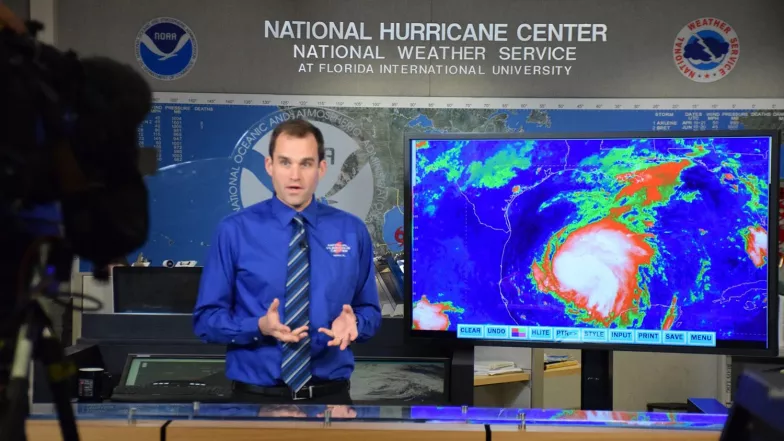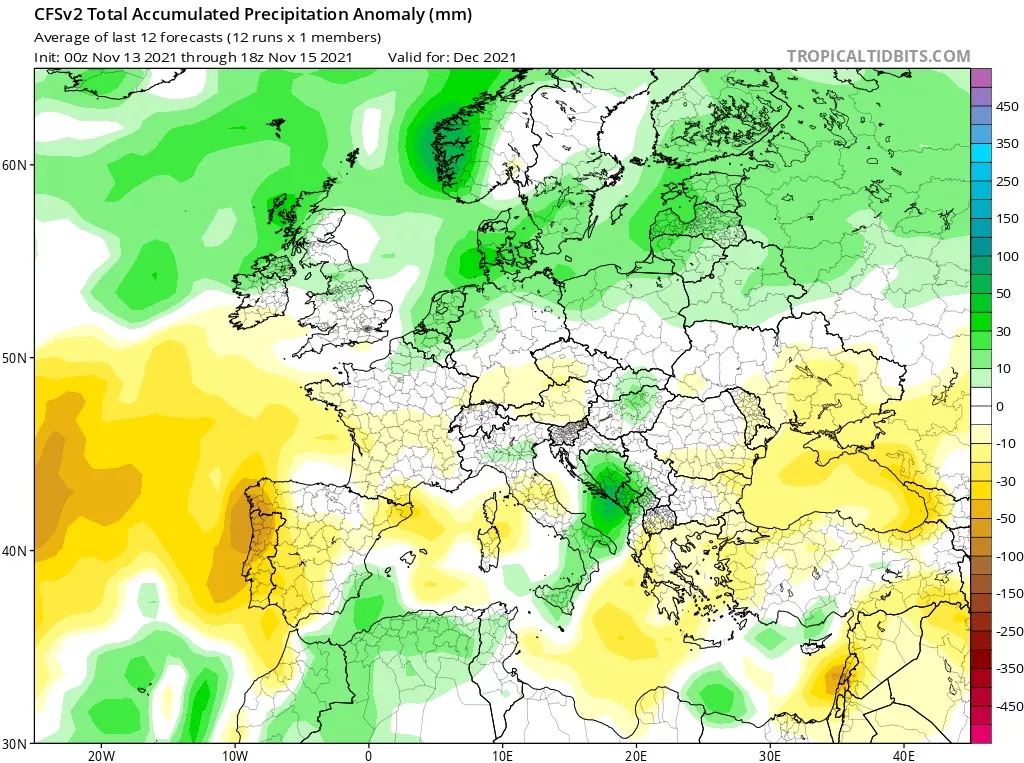Compilation of long-term weather forecasts is one of the most important tasks of meteorology, which, unfortunately, has not received a final resolution to date. There is still no generally accepted methodology for their preparation, and those already created are unreliable. Nevertheless, the use of the latter gives some practical results. Among forecasters and consumers, the most demanded in this category are monthly and seasonal forecasts. We often see headlines in the media about what winter will be like or when the first snow will fall. But the accuracy and practical significance of such forecasts still leaves much to be desired, despite the rapid progress of numerical modeling and the improvement of the material and technical base.

At the moment, the method of analogues is widely used.
It is based on the assumption that if a certain character of the general circulation of the atmosphere has been established in the current month or season and a similar situation has already been observed in the past, then a similar development of synoptic processes will follow in the future. The disadvantage of this method lies in the subjectivity of the choice of analogs and in the fact that even a small deviation of the actual situation from the analog can lead to an incorrect forecast.
Another technique is the forecast for the first decade.
Its essence lies in the fact that the trend in the development of synoptic conditions in the first decade of the month determines how the month as a whole will turn out to be. This method works best for air temperature and its justification sometimes reaches 70 – 75%. For example, numerical models have shown that abnormally warm weather will be observed in the first 10 days of the month, which means that the entire month as a whole can be warmer than normal with a high degree of probability. But this technique does not take into account further processes in the atmosphere, which can change dramatically in the second half of the month.

In recent years, many predictive climate models have appeared that give very good results for the month ahead.
Among them are CFS (ClimateForecastSystem), CanSIPS and some others. Among the products of these models, in addition to air temperature, anomalies in the amount of precipitation, surface pressure and altitudinal geopotential fields are also calculated. An analysis of such data allows us to identify indicative factors and processes that will determine the weather conditions in a particular area for the next month. However, due to the randomness of atmospheric processes and the occurrence of initial errors, the quality of long-term forecasts is still at a rather low level. An example of a long-term forecast of precipitation anomalies in Europe using the CFS model is presented on the map (applied for December 2021).
Quite often, obvious errors occur in forecasts even for the next 12-24 hours, not to mention longer-term ones. Why this happens and what the inaccuracies are connected with, we will tell in the next publication.
